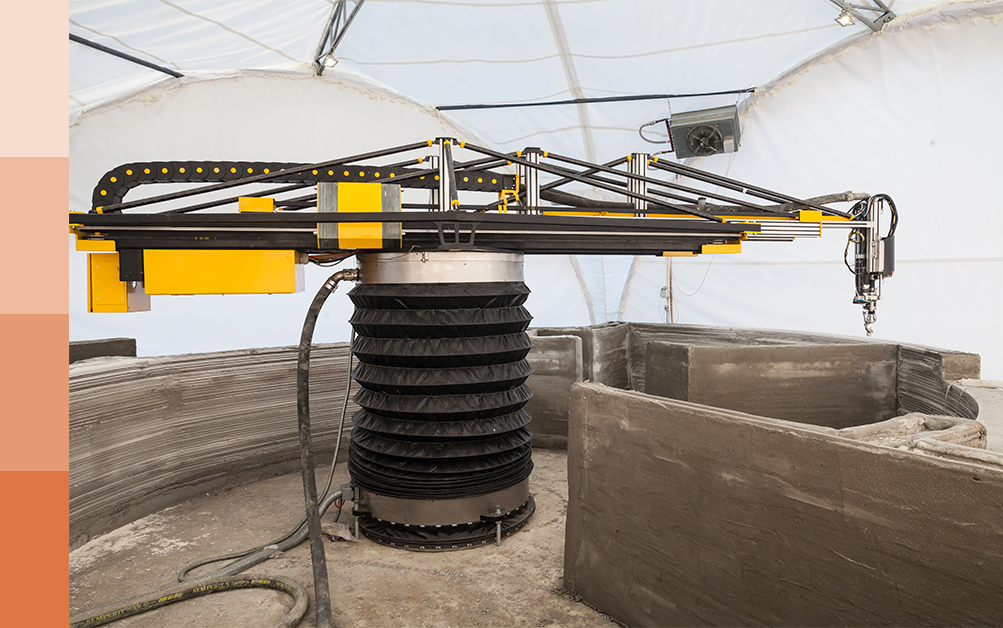The process of automation in building is rapidly increasing and the industry is seeing the benefits of being able to replicate uniform pieces to assemble either on or offsite in ways that are faster, more quality consistent, safer, more cost-effective and more economic on resources (meaning less waste).
One of the key areas of growth has been in 3D printing technology which is showing evidence that it has the power to change the way we build in the future. Formwork production is advancing in previously impossible ways and pioneers in Europe are taking it a step further by the 3D printing of concrete.
Master Builder Solutions who have long-standing experience and expertise in concrete as a material for use in construction are working with their customers and several research institutes to create their own innovation of combining concrete admixtures for 3D printing.
More businesses in the construction industry are turning to 3D printing in two key areas; the manufacture of formwork and the production of concrete parts. This shows that more businesses are using automation as a solution to the shortage of skilled workers and their associated high labour costs. However, concrete may encounter certain challenges.
Oliver Mazanec, Head of Product Management Europe in the concrete admixtures business of Master Builders Solutions said “If we are developing a concrete formulation for very thin printed formwork, the main objective is to ensure that the material is sufficiently flowable to fill the complex formwork without any gaps, at the same time as meeting the usual requirements in terms of processing time, strength, surface quality, etc…”
“We have many years of experience with concretes that have extremely good flow properties and reach very high strength values. We have gained this experience on a number of projects including spectacular skyscrapers around the world. The requirements are very similar, and the challenges mainly arise in connection with the specific details of the project. In close cooperation with our customers we are searching for the best technologies to tackle these challenges.”
Doing two things at once
The printing of 3D concrete elements requires the concrete to be a certain consistency for two reasons:
- The concrete must flow through a 40metre pipe to reach a nozzle which is only 40mm wide, so needs to be able to pass through the small gap without problems.
- The concrete must be solid enough to keep its shape and stick together row on row, without any formwork to stick to.
Sandro Moro, Construction Materials Innovation Manager Europe with Master Builders Solutions, describes the challenge:
“In order to ensure workability, the concrete must be comparatively liquid but too much water would compromise its strength. In addition, the concrete must flow at one moment; the next moment, it must set so firmly that the layer will retain its shape and support the next layers after a very short time without formwork. However, it must not harden to the point where the individual layers cannot bond effectively and just lie on top of each other as loose strings.”
The challenge is to combine these conflicting properties and to find the “sweet spot” for each individual printing process. Both the viscosity and the yield stress play a key role,” says Moro. “Cementitious materials are Bingham fluids that need a specific initial shear force in order to flow – without this force they will not change their shape. On the other hand, the flow speed depends on the plastic viscosity: controlling these two rheological parameters, the cementitious materials for 3D printing can be designed.”
Although Master Builder Solutions aren’t letting on exactly which materials they are combining with concrete to find that “sweet spot”, they have let on that the properties they are combining may seem “contradictory at first”.
Dr Oliver Mazanec said that MBS is cooperating with research institutes such as the Technical Universities of Brunswick and Munich as well as directly with their customers to develop their new innovation in concrete.
If they get the mix right, it could be plastered everywhere…

